Published 25/08/2023
To grasp the essence of this artistic movement, it is important to understand the spirit of the era in which it emerged. Pop art is the foundation of an artistic and cultural movement closely connected to the spirit of the 1960s.
View our selection of Pop Art works.
The bold aesthetics of Pop Art were first coined in the 1950s, to be precise, in 1957. Richard Hamilton, in a letter to a friend, discusses the characteristics of this new wave. He describes it as a "popular and cheap" movement, intended for a young mass audience. This art is characterized by its mass production, boldness, sexiness, and provocativeness. It draws its roots from popular culture and the media.
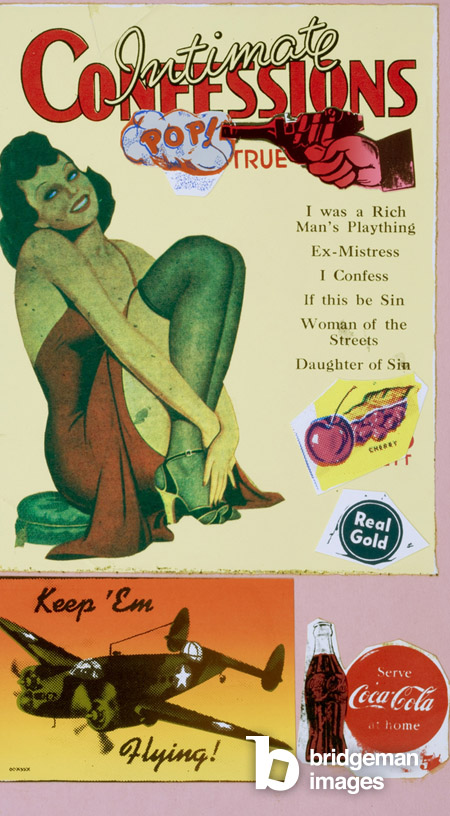
However, the first use of the term "Pop" is not attributed to Hamilton but to the pop artist Eduardo Paolozzi. In 1947, he created a collage titled "I was a Rich Man’s Plaything," where the word "Pop" in red emerged from a wisp of smoke escaping from a revolver. A few years later, Paolozzi founded the "Independent Group," the pioneers of Pop Art.
The Emergence of Pop Art
From its British origins in the 1950s, Pop Art flourished and radiated across the Atlantic, thriving in the 1960s in the United States and beyond. Born out of the need to counter the perceived pretentiousness of abstraction in Impressionism, Pop Art draws its essence from popular culture, embracing cinema, advertising, and comics.
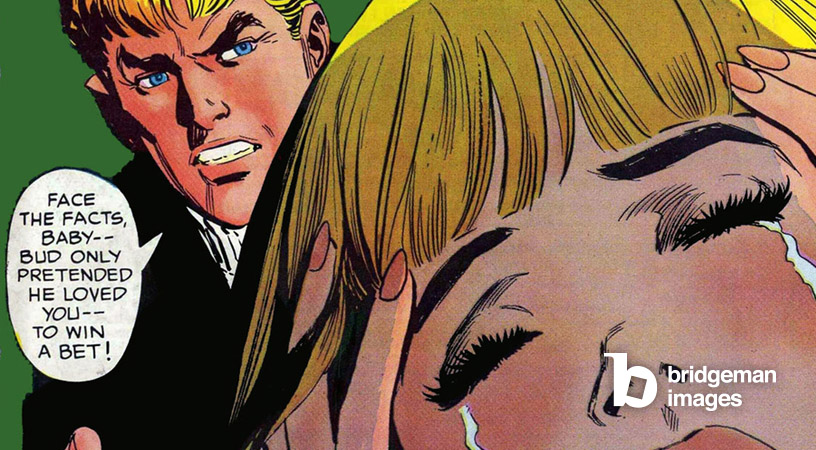
Its purpose? To inject meaning into the ordinary, revealing the substance of kitsch through the materiality of everyday life. Using techniques like screen printing and others, Pop Art isolates visual creations from their context and sometimes marries them to unexpected objects. Thus, an art form emerges where the emphasis lies in the interpretation the artist imparts to the work, more than in the creation itself.
In this context, Pop Art emerges as a challenge to dominant artistic movements. Young artists of the time struggle to identify with the works found in museums or their formal education. They then turn to their immediate environment, drawing inspiration from the culture that surrounds them.
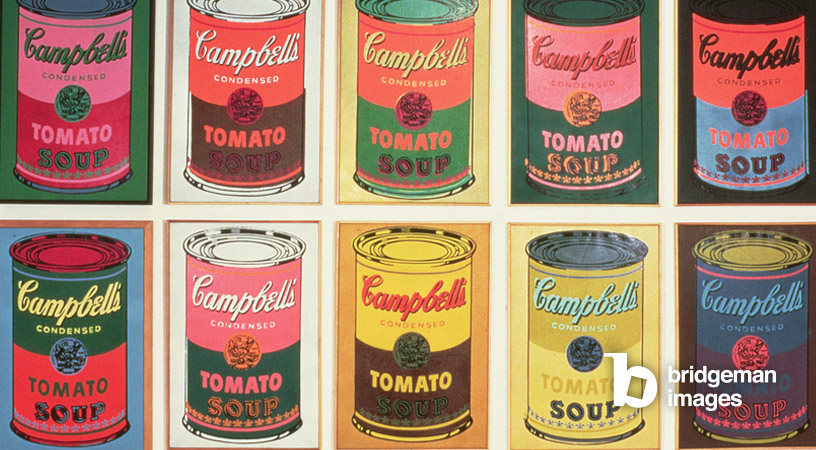
Decidedly Provocative Art
Pop Art is rooted in an infinite realm of inspiration, spanning eras with bold and irreverent imagery. Andy Warhol, in particular, transformed this art once considered "lowbrow" into a prestigious and coveted form. Contemporary Pop Art artists continue the subtle interplay between popular culture and high culture.
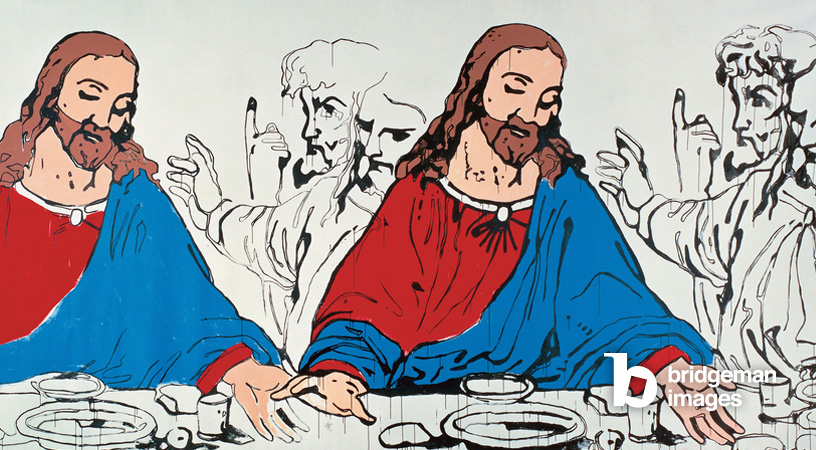
Today, just like in the 1950s, Pop Art remains that playful and ironic art, elevating popular culture while drawing from the contemporary.
British and American Pop Art: Connections and Disparities
Although sharing common principles, British Pop Art and its American counterpart exhibit significant nuances. Media and consumer advocacy played a crucial role in the rise of Pop Art in England, while its breakthrough in the United States took a different path.
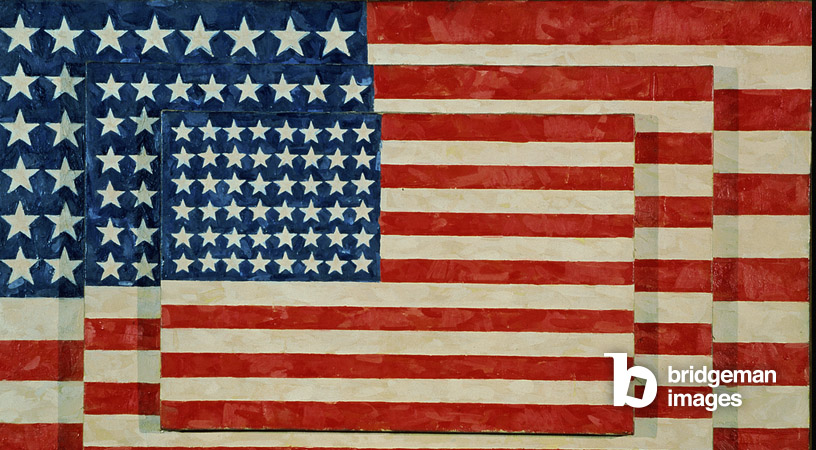
In Britain, the movement adopted a pictorial approach, employing subtle appropriations inspired by consumer imagery. American artists, on the other hand, emphasized their environment and personal experiences. American Pop Art also stands out for its fierce determination to distinguish itself from Abstract Expressionism, which focused on the expression of emotions.
The allure of Pop Art lies in part in its bold use of colors and its unapologetic triviality. Pop artworks embody symbols and immediately recognizable images, far removed from abstraction.
Among the most notable artists of the Pop Art movement:
- Robert Rauschenberg and Jasper Johns, pioneers of Pop Art, whose style differs slightly from their counterparts in the 1960s.
- Roy Lichtenstein, inextricably linked to the essence of Pop Art, his works approach photography with striking pictorial quality.
- Andy Warhol, an iconic figure in art history. His works explore the cult of celebrity and the hidden facets of fame, embodied by Michael Jackson and Marilyn Monroe.
In a whirlwind of colors and symbols, Pop Art continues to defy boundaries and captivate minds, a celebration of everyday culture turned timeless.
View our selection of Pop Art works.
Get in touch with our team; we are always happy to assist you with your research.


